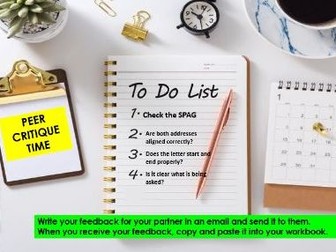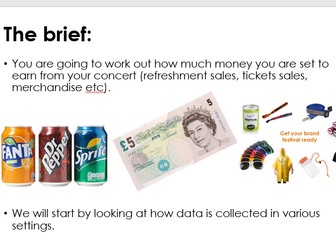
Year 6 Computing - Creating Media - 3D Modelling - Knowledge Organiser!
This clear, detailed and visually-appealing resource offers a complete reference point for Year 6 children, teachers and parents covering knowledge relating to ‘Creating Media’ as a part of their computing learning.
The organiser has a particular focus on creating 3D Modelling. It contains comprehensive sections on:
-Overview;
-Basics of 3D Modelling;
-More Advanced Techniques;
-Creating Holes;
-Key Vocabulary
The content is fully aligned with the age-related expectations for Year 6 children in computing. The resource is designed to be printed onto A3, and is provided as both a PDF and a Word version (so that you can edit if you want to). All images used are licensed for commercial use and are cited on a separate document (included).







